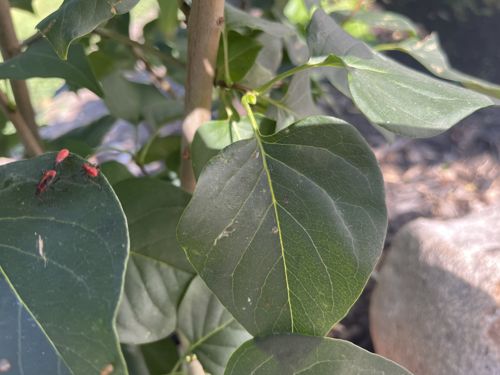Box Elder Bug
Scientific Name: Boisea trivittata
Order & Family: Hemiptera, Rhopalidae
Size: Adult Box Elder Bugs typically measure about 11-14 mm (0.43-0.55 inches) in length.

Natural Habitat
Box Elder Bugs are commonly found in areas where boxelder trees (Acer negundo) are present, which includes urban and suburban settings, parks, and natural woodlands. They are also attracted to structures like houses and buildings, particularly during the fall when they seek warmth and shelter for overwintering.
Diet & Feeding
Box Elder Bugs primarily feed on the sap and seeds of boxelder trees (Acer negundo), and sometimes other maple, ash, or fruit trees. They use their piercing-sucking mouthparts to extract fluids from leaves, twigs, and developing seeds.
Behavior Patterns
Box Elder Bugs are most active during warm months. In late summer and fall, they often gather in large numbers on the sunny sides of trees, rocks, and buildings as they seek sheltered overwintering sites. They can create large aggregations and are often seen sunning themselves. They overwinter as adults in sheltered locations and emerge in spring to feed and lay eggs.
Risks & Benefits
Box Elder Bugs are generally considered nuisance pests rather than destructive ones. They do not typically cause significant damage to plants, although large infestations can sometimes cause minor leaf deformities or discoloration. They do not bite or sting humans, but they can be a nuisance when they invade homes in large numbers, often leaving behind fecal stains on walls, curtains, and other surfaces. They also emit an unpleasant odor when crushed. From an ecological perspective, their impact is relatively minor.
Identified on: 8/29/2025